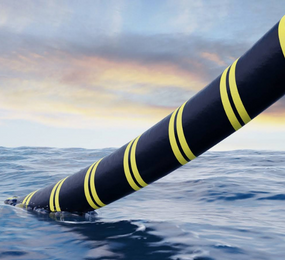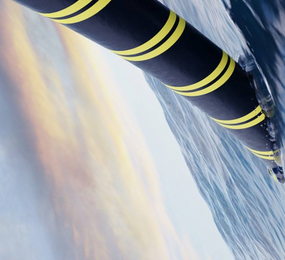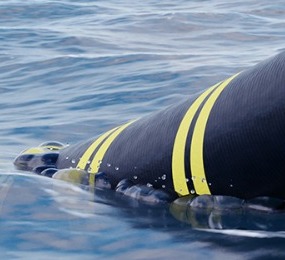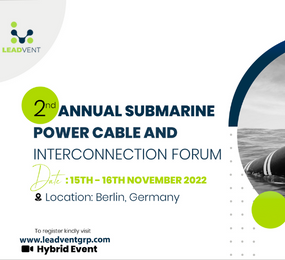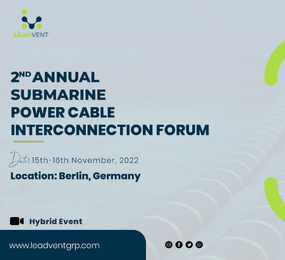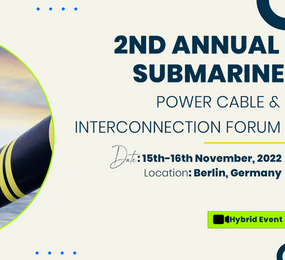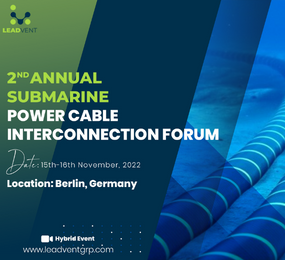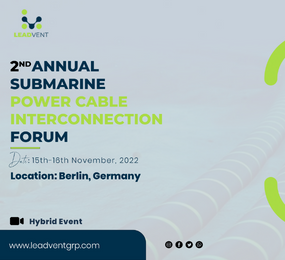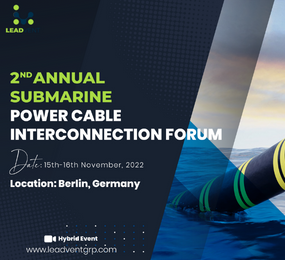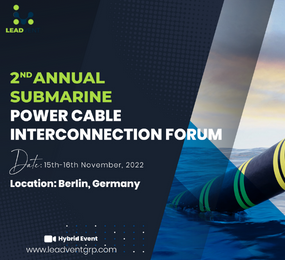Subsea Cable Maintenance & Repairing: Improving Reliability and Avoiding Downtime
1. Repairing: Design
Because of the nature of how components attach to the cable, they can be high-risk places that contribute to asset failure. Components that were improperly chosen for extreme offshore circumstances have resulted in flash-overs that can be harmful to people who must inspect and replace them when these failures arise.
Manufacturing of the cables
Almost 40% of all known export cable failures were due to manufacturing flaws. An interference during manufacturing might induce a gap in the insulation or generate holes inside the insulating plug, which can lead to partial discharge and cable failure. Another typical manufacturing process flaw that has been documented is wrongly storing or coiling the internal materials prior to the fabrication of the insulation and armor protection, causing damage to the fiber optics and, as a result, cable failure.
Installation of subsea cables
Installation mistakes can generate latent flaws in subsea cable systems that go unnoticed at the time of event and cause troubles inside the system throughout operation, comparable to the effect of manufacturing defects. Failures classified as installation failure modes include equipment handled outside of specifications or inadequate cable burying. Similar to the hazards associated with the manufacturing process, cable system component integration is a high-risk sector, accounting for one-third of total installation failures across both inter-array and export cable systems.
Incorrect component integration causes issues such as mechanical stress on components, such as over or under tightening T-Connectors.
External Harm on Subsea Cables
These were mostly caused by the instability of the surrounding environment. Scour, which occurs on the cable when there is too much contact between the cable and waves or current, was responsible for half of all documented failures.
The Root Causes
Electrical defects caused by fiber optics have been identified as a key underlying cause, mainly impacting export cables. These flaws may go undetected until a failure occurs. This root cause can be caused by:
1. faulty cable loading
2. wrong coiling during or after production
3. poor cable handling during installation
Damage to the fiber optic cable causes a breakdown in the insulation, which can lead to power core failure. As the cable surface ages, it can become brittle, crack, and finally fail, resulting in the failure of both the insulating and sheathing layers. This will expose the conductor, which may cause the cable to short circuit. Insulation voids can potentially cause the insulating material to fail. Manufacturing voids can arise if the insulating material is disturbed by even the tiniest particle, such as a single hair or speck of dirt. Stress on components, cable sealant, and compounds from wrongly attaching components to the system are some of the underlying reasons of installation problems.
2. Downtime in Subsea Cable Generation
The extreme environment for offshore assets might not only affect failure rates, but also repair timeframes, resulting in variance in the ensuing downtime. Estimates of total generation downtime were derived from collected data, the Levelized Cost of Energy (LCoE), and yearly system availability per year. The topologies of each individual wind farm were examined to identify which cable broke and whether redundancy was present for calculating the generating downtime per inter-array cable. Where data on downtime was restricted, the average duration was used. An inter-array cable breakdown and repair took an average of 38 days. The average downtime for breakdown and repair of export cables was 62 days.
Design of Subsea Cables
In most circumstances, the cable insulation is intended to be ethylene propylene rubber (EPR) or cross-linked polyethylene (XLPE), both of which are electrically and mechanically adequate. HVAC subsea cable contains three copper or aluminum cores with fiber optics strategically placed inside the cable. Armor wire is used to protect the cable's internals against rips and snags during the installation procedure. Cable design or component selection that is inappropriate for the extreme environment of an offshore wind farm might be the cause of component failure during asset operation.
Manufacturing Process
The production process is time-consuming and demands the highest quality to ensure the cable is of good quality. Dormant defects might go unnoticed during an incident and cause problems in the system during operation. Defects can develop owing to even little interference during the production process, such as the insulation failing to set at the necessary temperature or a material or solid interfering with the cable's design.
Installation Process
Subsea cable installation begins with the removal of any wreckage in the path of the intended cable route, such as using a pre-lay grapnel technique. A specialized cable laying vessel is required for the installation of a subsea cable. To load, carry, and install the cable, the vessel employs a carousel cable container. Individual cable-handling restrictions will be defined by the technical specifications of each cable; for example, the bend radius limit will vary based on the cable design and manufacturing factors. When the installation procedures are predetermined, these must be known by the installers. Because offshore wind farms operate in severe environments, building these assets may be difficult. The installation procedure necessitates skill and accuracy, and human mistake is possible.
External Injury on Subsea Cables
Subsea cables can be laid in a number of methods over the seabed. The cable may be buried up to 3m below the seabed, although most assets will be buried at a depth of 2m. Where burying is not an option, the cable can be sheltered from external harm by concrete beds or weighted down with rock placement. External problems that might endanger a subsea cable include: seabed sediment movement, scouring, instability of the cable's location owing to environmental conditions, and interaction with fishing gear and anchors. Instability caused by surrounding factors might cause external harm.
This can be caused by:
1. severe metocean (wind and wave) conditions
2. unexpected soil conditions
3. interaction with pipe and cable crossings
4. insufficient scour protection
Join us as we bring together experts, practitioners, stakeholders, and leaders from Europe and around the world to discuss best practices and solutions for maintenance and reliability technical challenges in and around cable design, maintenance and performance management, installation best practices, surveys, fault reduction & monitoring including electrical & thermal faults, risk assessment & error elimination at the initial stage of installation, development, and deployment.
Visit our website to know more: https://bit.ly/3zWlx4i
For more information and group participation, contact us: [email protected]
Leadvent Group - Industry Leading Events for Business Leaders!


